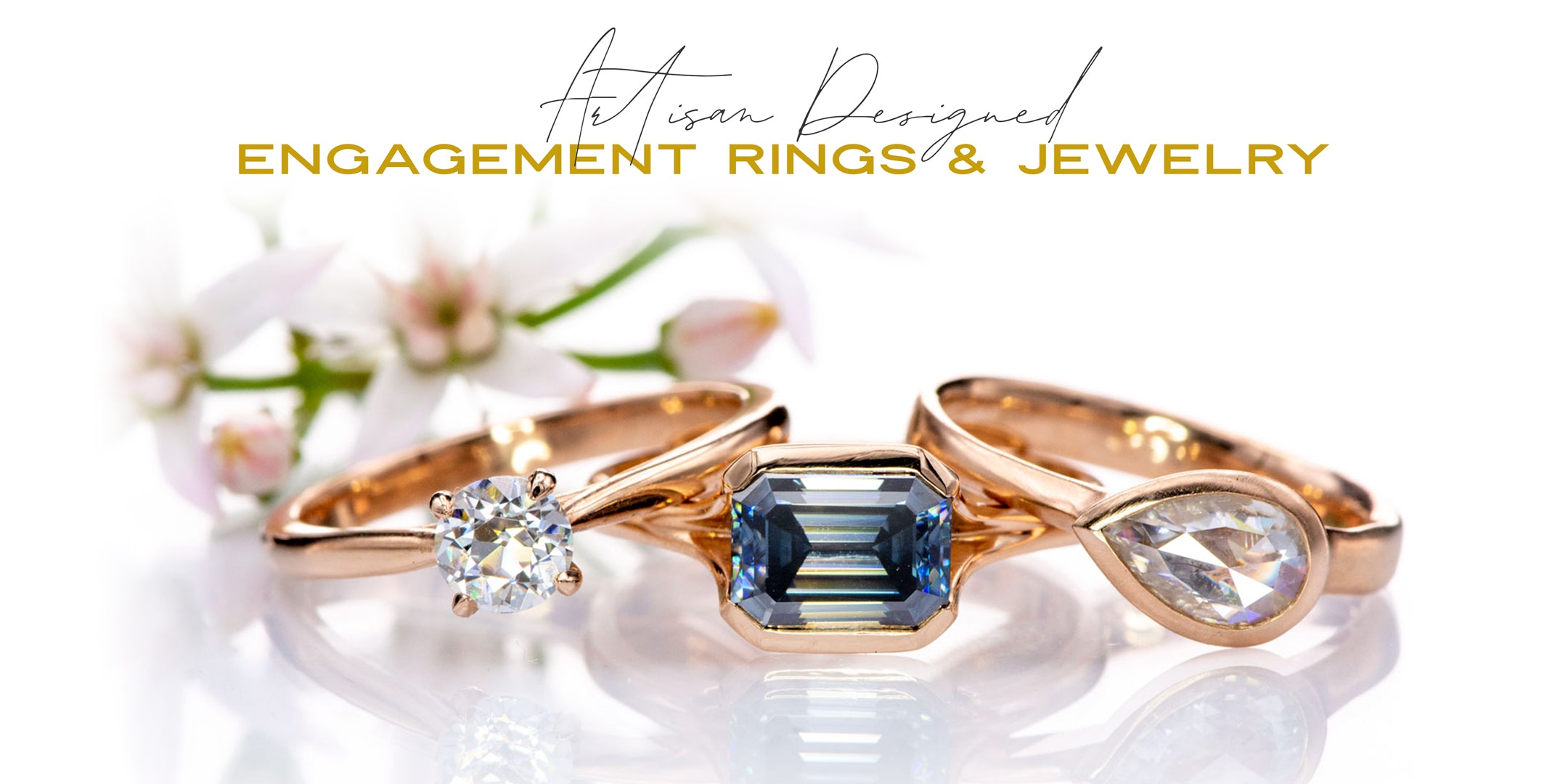Sydneyphoenix
Shiny_Rock
- Joined
- Apr 4, 2021
- Messages
- 252
Okay these are more of educational questions for future purchases, not immediate concerns. But I imagine most will agree there are not many things more unfortunate than seeing scratches and wear-damages from wearing multiple rings of different metals, on the same or adjacent fingers. I also believe this would be a common situation given so many get platinum setting for engagement rings then yellow/white gold for wedding rings.

 nodeform.com
nodeform.com
This website did a good job of comparing different precious metals and alloys including the Vickers hardness. I also found out for the first time about white gold with palladium (rather than traditional alloy with silver and nickel) which seems to be an interesting compromise given it’s still decent greyish white without need for rhodium re-plating.
When you look at the numbers, it appears platinum, (pure) palladium, white gold with palladium and yellow gold alloys all seem to have comparable Vickers hardness around 130HV, with 18K white gold with palladium and to lesser extent 14K yellow gold having higher Vickers hardness. Rose gold is considerably weaker in HV scale and I imagine wearing it together with other metals should be avoided.
Does the table on this website indicate that wearing 14K white gold with palladium, 18K yellow gold and platinum together in same or adjacent finger present very little concern for scratching one of the rings due to very similar Vickers hardness or would substantial scratches develop over time regardless of the minuscule differences in HV due to other chemical properties? If scratches from different metals are inevitable no matter how close in composition and Vickers hardness, I guess it’s smart to make both wedding and engagement bands of the same alloy, whatever it may be.
Another interesting fact I noted is that some people opt for ring prongs in white metal (e.g. white gold or platinum) even if the body of the ring is in yellow gold to accentuate diamonds in pave or halo settings. I expect two different alloys means the prongs will have to be soldered rather than the ring cast as a whole. So rises the question: Are the casting/soldering process and finished product more stable when using largely same metal (e.g. white gold prongs on yellow gold body) versus completely different metals (palladium or platinum prongs over yellow gold ring)? I speculate for price and technical reason, white + yellow gold combo is much more widespread, but want to learn!

Precious Metals
Learn more about the pros and cons of precious metals used in jewelry like silver, palladium, platinum, white gold, yellow gold and rose gold
This website did a good job of comparing different precious metals and alloys including the Vickers hardness. I also found out for the first time about white gold with palladium (rather than traditional alloy with silver and nickel) which seems to be an interesting compromise given it’s still decent greyish white without need for rhodium re-plating.
When you look at the numbers, it appears platinum, (pure) palladium, white gold with palladium and yellow gold alloys all seem to have comparable Vickers hardness around 130HV, with 18K white gold with palladium and to lesser extent 14K yellow gold having higher Vickers hardness. Rose gold is considerably weaker in HV scale and I imagine wearing it together with other metals should be avoided.
Does the table on this website indicate that wearing 14K white gold with palladium, 18K yellow gold and platinum together in same or adjacent finger present very little concern for scratching one of the rings due to very similar Vickers hardness or would substantial scratches develop over time regardless of the minuscule differences in HV due to other chemical properties? If scratches from different metals are inevitable no matter how close in composition and Vickers hardness, I guess it’s smart to make both wedding and engagement bands of the same alloy, whatever it may be.
Another interesting fact I noted is that some people opt for ring prongs in white metal (e.g. white gold or platinum) even if the body of the ring is in yellow gold to accentuate diamonds in pave or halo settings. I expect two different alloys means the prongs will have to be soldered rather than the ring cast as a whole. So rises the question: Are the casting/soldering process and finished product more stable when using largely same metal (e.g. white gold prongs on yellow gold body) versus completely different metals (palladium or platinum prongs over yellow gold ring)? I speculate for price and technical reason, white + yellow gold combo is much more widespread, but want to learn!




300x240.png)